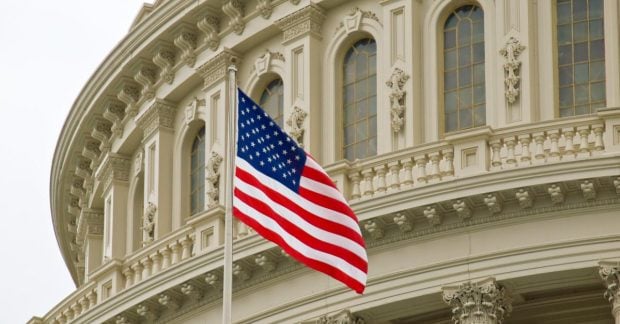The number of omicron cases generated over the Christmas period is enormous by any standards. On December 29, some 220,000 people tested positive for Covid across the UK – a record figure by some considerable margin. Given the lags between people becoming infected and testing positive, the vast majority of those infections were probably acquired between Christmas Eve and Boxing Day. Furthermore, a large number of them were among the elderly. The number of cases in England amongst those over 65 was more than 17 times as high on December 29 as it was on December 5, just over three weeks earlier.
The latter part of December also saw an increase in the number of people hospitalised, as the rapid growth in cases over the earlier part of the month eventually translated into additional hospital admissions. On December 29 there were 2,370 people in England admitted with Covid. Given that those admitted at that point were infected a week or more earlier and the large increase in case numbers over the intervening period, we should expect hospitalisations to increase much further. Indeed, it is possible that, over the next week or two, daily admissions could reach or exceed their January 2021 peak of 4,134.
This will of course create pressure for the NHS. But it should be less than last year (and we should note that, even then, although the NHS came under pressure it was not swamped to the extent of being unable to treat Covid patients at all – as happened, for example, in Delhi in April/May 2021). There are several reasons why pressures should be less. First, although daily admissions have accelerated, the number of people in hospital is still far below January 2021 levels – currently 14,210 compared with 34,336 at last January’s peak (or indeed about 25,000 precisely a year ago). According to the South African data, stays of omicron patients in hospital tend to be shorter and those hospitalised with omicron require oxygen far less often. So the challenges of managing patients are much less. And as yet, although numbers hospitalized have risen, there has been no corresponding rise in numbers requiring mechanical ventilation.
The widespread view is that, although the NHS may yet come under pressure, it should be able to cope. Could matters deteriorate to change that? It is possible that with people being less cautious now that Christmas is out of the way, and with the return to work and school, overall case numbers start to grow again (having plateaued in the latter part of December, especially in London). However, that may not translate into much further growth in hospital admissions unless there is material further growth in cases amongst older people. It seems likely that the peak in infections amongst older people has already passed with the high intergenerational mixing at Christmas, so even if we are short, still, of the overall peak in cases it is quite likely that the peak in cases generating hospitalisations has already now passed.
If that is right, it is something of an embarrassment for the modelling teams. Imperial, in particular, was widely reported in mid-December as warning that, without additional restrictions, even in the best-case scenario there would be 3,000 deaths per day. The recent peak, on December 28, was 119. That may rise a bit with additional hospitalisations, but it currently seems very unlikely to reach even 500 per day let alone a best case of 3,000.
Modelling is hard, especially for something as fast-moving as omicron. But there are some important lessons for modellers to learn here. It has become clear that models do not anticipate behavioural changes. Indeed, even seasonally-driven behaviours around Christmas were not well-reflected in the most recent batch of models, let alone automatic (non-restrictions-driven) behaviour changes in response to the spread of the virus. Models that do not include an assessment of how behaviour will change without new restrictions being imposed can tell us next to nothing useful for guiding policy decisions over whether to impose restrictions. To make models actually useful for guiding policy the modelling teams urgently need to include economists or other similar experts in behaviour.
In the meantime, it appears there is little basis for additional restrictions at this point. Hospitalisations may grow a bit from here, but it is plausible that the peak hospitalisations we will see are already implied in the infections already contracted. Further restrictions now might cut the spread of the disease, slightly, but probably not in a way that would be useful in limiting pressures on the NHS – which seems likely to be able to cope in any event.





